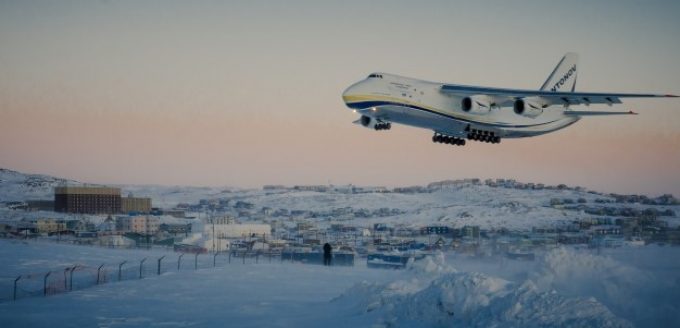China orders airlines to halt Boeing deliveries
China has reportedly told its airlines to stop taking delivery of Boeing aircraft as the ...

The prospect of $30bn of investment and decades of development will thwart the hopes of those looking to break the looming monopoly of the heavylift sector by Ukraine’s An-124 fleet.
Trade and Transport Group MD and former Boeing analyst Thomas Crabtree told ...


Comment on this article